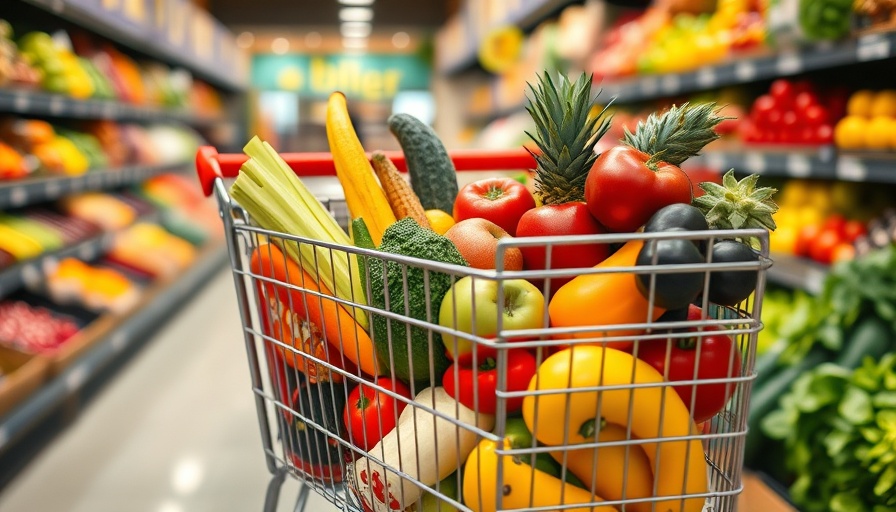
How Rising Food Prices are Affecting Nutrition Across America
A recent survey conducted by the Pew Research Center has brought to light a significant concern facing many Americans today: the rising costs of food are adversely affecting their ability to maintain a healthy diet. With 90% of adults noting that the price of nutritious groceries has surged, it's clear that access to healthy food is being compromised, especially for those on fixed or lower incomes.
The Economic Divide in Food Accessibility
The findings reveal a widening gap in nutritional access. According to the survey, while 69% of the overall population is struggling to keep healthy meals consistently on their tables, it’s the financially vulnerable that are feeling the pinch the hardest. About 47% of individuals with lower incomes indicated they often find it challenging to afford wholesome food, a stark contrast to just 15% of those who are financially well-off. This economic divide reaffirms the existing disparities within our food systems.
Local Voices on Food Price Challenges
Mark Crithfield, president of Critchfield Meats Family Market, elaborates on how rising prices impact local shoppers. He notes, “We have seen rises in all foods, not just your healthier foods,” suggesting that the food supply chain's inefficiencies are leading to inflated prices. Crithfield emphasizes that local producers face more significant challenges compared to larger manufacturers, which impacts not just nutrition choices but overall food spending.
Creative Strategies for Healthy Eating
Despite financial hurdles, individuals are devising innovative ways to ensure they continue to eat healthily. Diana Rowland, a local shopper, shares her own experiences: “I try to buy chicken in bulk and then, as I cook it, I make it into two or three different meals.” This strategy demonstrates a practical approach to maximizing food resources while minimizing waste.
Community Initiatives and Educational Resources
As communities become aware of food accessibility issues, local organizations are stepping up efforts to create initiatives aimed at educating individuals on maintaining a balanced diet on a budget. Programs focused on budgeting for groceries, meal planning, and maximizing local produce can aid in subverting rising food costs. With growing awareness, these resources will be essential in altering the landscape of food accessibility.
Future Predictions: The Outlook for Nutrition
Looking forward, it’s likely that the pressure on food prices will continue. Experts suggest that consumers may see further shifts in how they obtain their groceries, with more emphasis on farmer's markets and community-supported agriculture (CSA) programs. These channels often offer fresher produce at lower prices when compared to traditional supermarkets.
Take a Stand for Healthy Eating
The challenges posed by rising food prices necessitate a multifaceted response. Understanding these dynamics is vital not only for individuals but for policymakers aiming to create equitable solutions within the food system. As consumers, participating in local agriculture markets and advocating for supportive community programs can foster healthier opportunities for everyone.
In summary, while the current landscape presents significant obstacles to healthy eating, through community engagement, education, and innovative shopping strategies, individuals can still make nutritious choices without breaking the bank.
To delve deeper into how you can manage your grocery budget and still eat healthily, consider connecting with local farms or community groups!
 Add Row
Add Row  Add
Add 




 Add Row
Add Row  Add
Add 

Write A Comment